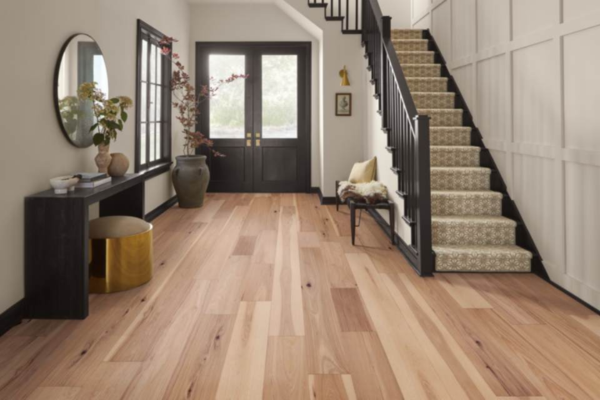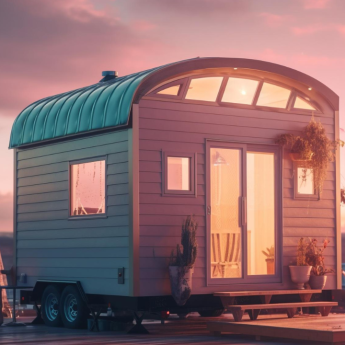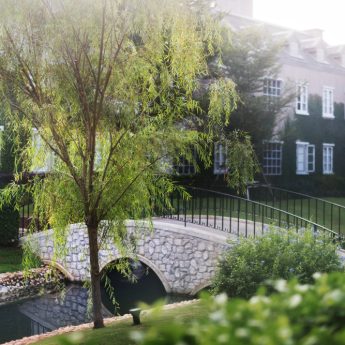Are Hardwood Floors Still In Demand In 2025?

So, let’s just ask the big question—are hardwood floors still a thing in 2025? I mean, they’ve been a top pick for ages.
But with trends changing constantly (and faster than most of us can keep up), it’s fair to wonder if people are still into them.
Short answer? Yep. Hardwood’s still got it. Just… it looks a bit different now.
It’s not about one-size-fits-all anymore. Buyers? Way more particular. They’re not just hunting for pretty floors—they want something that looks good and holds up.
The old-school charm of wood is still there, but now it’s showing up in newer styles, unique patterns, and sustainable materials that weren’t even on the radar a few years back.
Hardwood Floors: Timeless Appeal Still Holds Strong
Let’s be honest—wood floors just look good. They always have. That natural feel, the warmth, the way they can totally change the vibe of a space… hard to beat.
One of the best parts? You can sand ’em down and refinish when they start looking tired. Try doing that with carpet.
They’ve also got serious resale power. Real estate folks still list hardwood like it’s a feature, not just a floor.
And buyers eat it up—probably because it works with almost any interior style. Rustic, modern, traditional, you name it.
Plus, there’s the whole allergy-friendly thing with indoor air quality. No fibers to trap dust, pet fur, or mystery crumbs. It’s cleaner, literally. Families with allergies or asthma often go for it just for that reason.
Trends Making Noise In 2025
Here’s the fun part! What people are doing with hardwood this year. It’s not just what wood you choose anymore! It’s the finish, the layout, the vibe. Let’s take a look at the 2025 tile flooring trends, the hardwood floors edition!
- Wide planks – People are over skinny boards. Big planks are in. They make rooms feel more open and less busy.
- Matte or satin finish – That glossy, reflective look? Out. Dull is cool now. It looks more natural and doesn’t show every speck of dust.
- Light woods – Think white oak and light beige tones. They’re cozy, bright, and work great with that minimalist thing everyone’s into lately.
- Patterns with personality – Chevron, herringbone, even mixing plank widths. People want their floors to have some character, not just straight lines wall-to-wall.
Oh, and reclaimed wood? Totally in. It’s got that imperfect, lived-in look that new floors just can’t fake. Plus, hardwood floors are a win for people trying to be more eco-conscious.
Still A Smart Choice For Long-Term Value
Is it still a smart investment? Yeah. But like most good things, it’s not cheap. Hardwood costs more upfront than laminate or LVP (luxury vinyl plank), no doubt. But if you’re thinking long-term, it usually pays off.
Real estate pros keep saying the same thing: homes with hardwood tend to sell faster and fetch better prices. Buyers see it as an upgrade. Something permanent. Something they don’t need to rip out.
In markets where competition is tough—like Houses For Cash Baltimore—updated floors can tip the scales.
That’s why home flippers and investment groups (like those “we buy houses” types) still refinish or install hardwood floors whenever it makes sense. It shows well, lasts, and adds value without a full renovation.
Where Hardwood Misses The Mark
Okay, let’s not pretend it’s perfect. Hardwood’s not great everywhere. Like, try putting it in a damp basement? Bad idea.
Bathrooms, too! Water and wood don’t really mix. Kitchens are okay, but only if you’re careful with spills.
Got pets? Or kids with metal toy cars, they love to smash into stuff? You’re gonna see scratches. Furniture can dent it. Dragging things without pads = regret.
And then there’s humidity. If you live somewhere with significant temperature and moisture fluctuations, your wood floors might shift, gap, or buckle. It’s not always avoidable, even with a solid installation.
In cases like that, many people go for engineered wood or LVP. Looks similar. Handles wear and tear better, as you can see! Hardwood floors are way less dramatic when things go sideways.
Going Green With Hardwood This Year
Sustainability is finally more than a buzzword. People are paying attention to where their flooring comes from—and what it does to the planet.
Hardwood is used to get flak for deforestation. But that’s changing. More companies are sticking to ethical sourcing.
They’re using FSC (Forest Stewardship Council), which basically means it’s responsibly harvested and won’t leave forests stripped bare.
Also, finishes are cleaner. Fewer VOCs, less harsh chemical smell, and safer for homes with kids or pets crawling around.
There’s also engineered hardwood—a thinner layer of real wood stuck on top of layered plywood. Fewer trees are used per plank, and it’s more stable in weird climates. Plus, it’s usually easier to install.
Hardwood Vs. The Copycats
Let’s talk about the competition. In 2025, fake wood has never looked more… real.
Luxury vinyl plank is huge. It’s waterproof, scratch-resistant, and some of it looks exactly like wood. Even the texture is spot-on.
Laminate’s also stepped up its game—way better visuals now, and the cores are tougher than they used to be.
So why bother with the real deal?
One word: feel. Real hardwood has depth. The way it sounds under your shoes, the way it changes over time, it’s different.
You can refinish it. You can add a new stain. It’s not just a surface; it evolves with your home.
That said, not everyone needs that in busy households or rentals; durability and low maintenance win. And that’s totally fair.
Refinishing Is Back
Tearing up floors? Expensive. Messy. Kind of a hassle. A lot of people are going the easier route. Thus, refinishing what they’ve already got.
Older floors, especially the ones made with solid wood? They’ve still got life in them. A good sanding and a fresh coat of stain can completely change their appearance.
Popular refinishing trends in 2025:
- Matte finishes that highlight the natural grain
- Whitewashed tones for that laid-back, beachy vibe
- Deep, moody stains for a modern, dramatic look
If you’re selling, this can seriously boost your home’s appeal. Looks like a major update, costs way less than replacing everything.
So, Is Hardwood Still Worth It?
In a word? Yes. But it’s not a blanket answer for everyone.
Hardwood in 2025 still checks a lot of boxes: beauty, value, long life, sustainability. But the trick is knowing where it fits best and when to consider other options.
If you’re renovating or building, it’s worth exploring your choices. Look at finishes, plank sizes, and patterns.
See how it stacks up against engineered wood or LVP, especially if you’re dealing with pets, moisture, or a tight budget.
At the end of the day, real wood still has that “something.” And for plenty of people, that alone is enough to make it the right call.










Leave A Reply